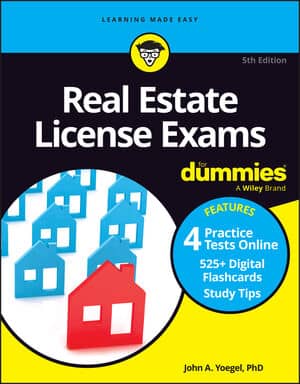Market value is the price the property would bring in a fair and open sale on the real estate market. The assessed value is the value of the property that is used for real estate tax purposes. The percentage that is used to calculate the assessed value is called an assessment ratio.
To find the assessed value of any given property, you simply use this formula:
Market value x assessment ratio (expressed as a decimal) = assessed value
Say that the market value of a property is $200,000. In the community that assesses at 50 percent of market value, the assessed value is $100,000.
$200,000 (market value) x 0.50 (50 percent assessment ratio) = $100,000 (assessed value)
If you take the same property in a community that assesses at 70 percent of market value, the assessed value is $140,000. And if you go to a community that assesses at 100 percent of market value, the assessed value obviously is $200,000.
To apply this fairly on a purely mechanical or mathematical basis, the key is that each municipality uses the same assessment ratio for all the properties within its jurisdiction. To fully appreciate how this works, you need to understand that the taxation of property is about equity and not objective value.
If you and your friend own property that has the same market value, you should both be paying the same amount of taxes. And because taxes are based on assessed value, the assessed values of each of your properties should be the same. And if your properties have different market values, then the assessed values should be proportionally different, and so should your taxes.
Calculating the assessed value of a property based on its market value and the assessment ratio is one of the types of calculations you may have to do on your state’s real estate exam.| Property | Market Value | Assessed Value |
|---|---|---|
| A | $200,000 | $100,000 |
| B | $300,000 | $150,000 |
| C | $400,000 | ? |
$400,000 x 0.50 (50 percent) = $200,000 assessed value
As you see, for the assessed values to be proportionally fair, it doesn’t matter what the market values are for properties in a given municipality as long as the assessed value is calculated using the same percentage.
Going one step further, as you look at the assessed values in the example, because taxes are based on assessed value, Property C will pay twice as much in taxes as Property A. And that’s fair because Property C is worth twice as much as Property A.

